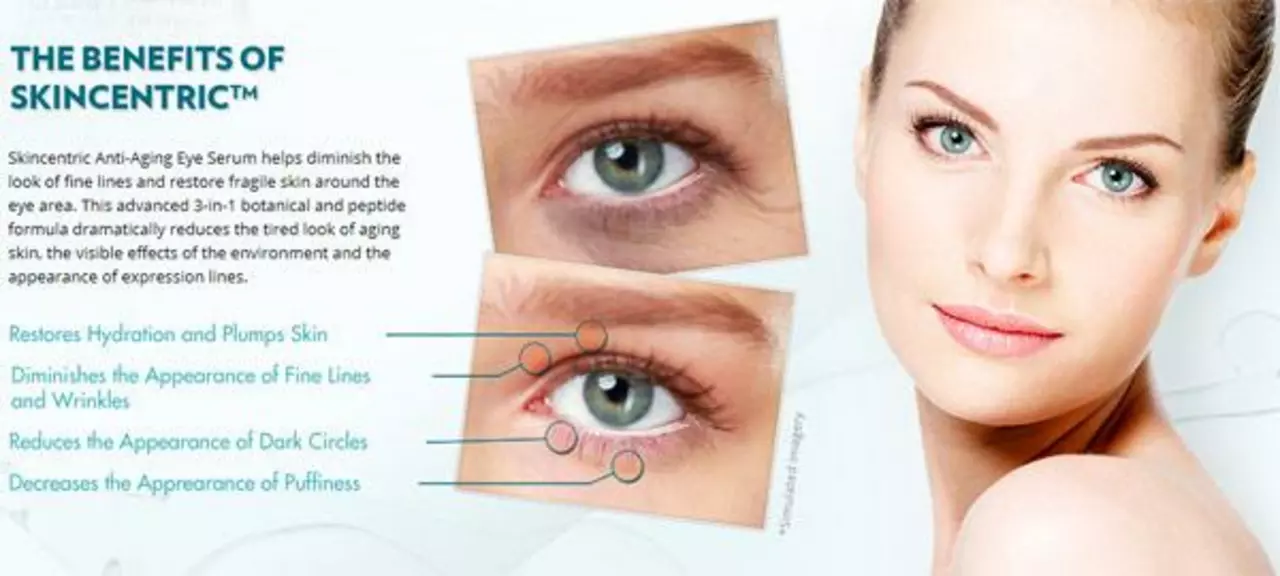Wrinkles: What They Are and What You Can Do About Them
Wrinkles are the lines and creases that form as skin loses collagen, elastin, and moisture. You’ll notice them more around the eyes, mouth, and forehead where the skin is thinner and moves a lot. Some are fine and mostly cosmetic; others are deeper and change how your face looks. The good news: you can slow new wrinkles and soften existing ones with simple daily habits and a few proven treatments.
What causes wrinkles?
Age is the main driver—skin thins and the support structure weakens over time. Sun exposure speeds this up a lot. UV rays break down collagen and create uneven pigment and rough texture. Smoking makes wrinkles appear earlier because it reduces blood flow and damages collagen. Repeated facial expressions create lines over years—smiling, frowning, squinting. Sleep position matters too: pressing your face into a pillow night after night can form creases. Even poor nutrition, dehydration, pollution, and certain medications can contribute.
How to prevent and reduce wrinkles
Start with daily basics. Use a broad-spectrum SPF 30+ every morning and reapply if you're outside. Wear sunglasses to avoid squinting and a hat for extra sun protection. Cleanse gently—harsh scrubs strip oils and worsen fine lines. Follow with a moisturizer; hydrated skin looks smoother immediately.
Active ingredients make a real difference. Retinoids (retinol or prescription tretinoin) increase collagen and speed cell turnover—expect gradual improvement over months. Vitamin C in the morning brightens skin and protects against free radical damage. Niacinamide helps texture and reduces redness. Peptides can support skin structure. Introduce actives slowly to avoid irritation.
Professional options are effective when you want faster or stronger results. Microneedling and chemical peels stimulate collagen and improve texture. Laser resurfacing can smooth deep lines and even color. Injectables like Botox relax dynamic wrinkles; fillers restore lost volume in lines around the mouth or cheeks. These work best when combined with a solid home routine.
Small lifestyle changes add up. Quit smoking, drink enough water, and eat foods rich in protein, healthy fats, and antioxidants—think fish, nuts, leafy greens, and berries. Get enough sleep and consider sleeping on your back. Avoid tanning beds and limit heavy alcohol, which dehydrates skin.
Expectations matter. No treatment stops aging completely. Topical care and sun protection prevent new damage and improve texture; in-office procedures address deeper lines. Talk to a board-certified dermatologist to match treatments to your skin type and goals. With consistent care, most people see noticeable improvement in months, not years.
Want a simple starter plan? Morning: gentle cleanser, vitamin C serum, moisturizer, SPF. Evening: gentle cleanser, retinoid (few times a week at first), moisturizer. Add a dermatologist visit if you want stronger results. Small, steady steps beat quick fixes every time.

The Impact of Air Travel on Wrinkles: Tips for Maintaining Fresh Skin on the Go
As a frequent traveler, I've noticed that air travel can have a significant impact on my skin, especially when it comes to wrinkles. The dry cabin air and changes in pressure can easily dehydrate our skin, making it more prone to fine lines and wrinkles. To maintain fresh and youthful skin on the go, I always make sure to stay hydrated by drinking plenty of water, using a moisturizer specifically designed for air travel, and applying a hydrating face mask during long flights. Additionally, getting enough sleep and avoiding excessive sun exposure can also help keep our skin looking its best during our travels. So, don't forget to take care of your skin while traveling to keep it looking fresh and wrinkle-free!
